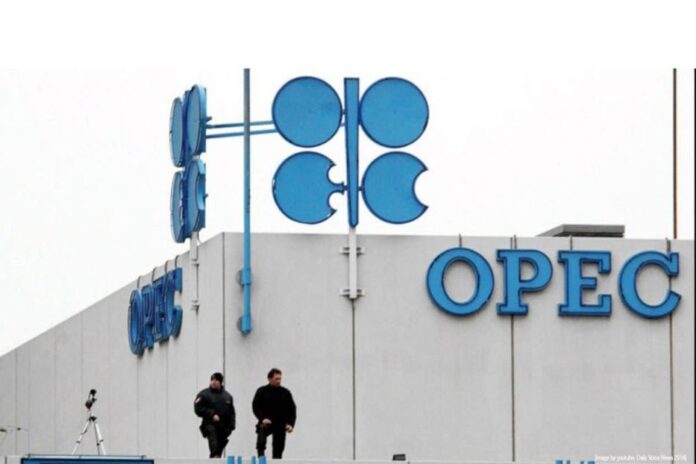OPEC on Wednesday revised down its forecast for growth in oil supply from the United States and other producers outside the OPEC+ group for this year, citing expected lower capital spending following a drop in oil prices.
Supply from countries outside the OPEC+ coalition is now expected to increase by 800,000 barrels per day in 2025, down from the previous forecast of 900,000 bpd. This slowdown in growth would help OPEC+ more easily balance the market, especially given the recent pressure from rapid growth in U.S. shale production and other countries.
In recent weeks, oil prices have faced pressure due to OPEC+’s decision to increase output in May and June faster than originally planned, as well as U.S. President Donald Trump’s tariffs. Following the report, oil prices continued to decline, with global benchmark Brent crude trading just below $66 a barrel.
On May 5, Brent had settled at around $60, its lowest level since 2021.
OPEC also reported that investment in exploration and production (E&P) outside the OPEC+ group is expected to decrease by about 5% year-on-year in 2025. Last year, investment had risen by about $3 billion to reach $299 billion.
The report warned that the decline in upstream E&P oil investments could pose a challenge to production levels in 2025 and 2026, even as the industry continues to focus on efficiency and productivity improvements.
While the United States is still expected to lead supply growth, OPEC now forecasts total oil output to rise by about 300,000 bpd this year, a reduction from last month’s forecast of 400,000 bpd. OPEC’s outlook for global oil demand growth in 2025 and 2026 remained unchanged, despite adjustments last month due to first-quarter demand data and trade tariffs.
However, the trade agreement between the U.S. and China this week is seen as a positive step toward reducing disruption, potentially normalizing trade flows but with elevated tariff levels.
OPEC’s report also highlighted a decline in crude production by the wider OPEC+ group in April, with output falling by 106,000 bpd to 40.92 million bpd. A significant part of this drop came from Kazakhstan, which has faced pressure to improve compliance with OPEC+ quotas.
Kazakhstan’s production decreased by 41,000 bpd, the largest reduction within OPEC+, though the country remains well above its OPEC+ target. Other countries, including Iran, Libya, and Nigeria, also reduced output in April. OPEC+ had planned to raise output in April, as well as in May and June, as part of efforts to unwind the most recent output cuts aimed at supporting the market.




